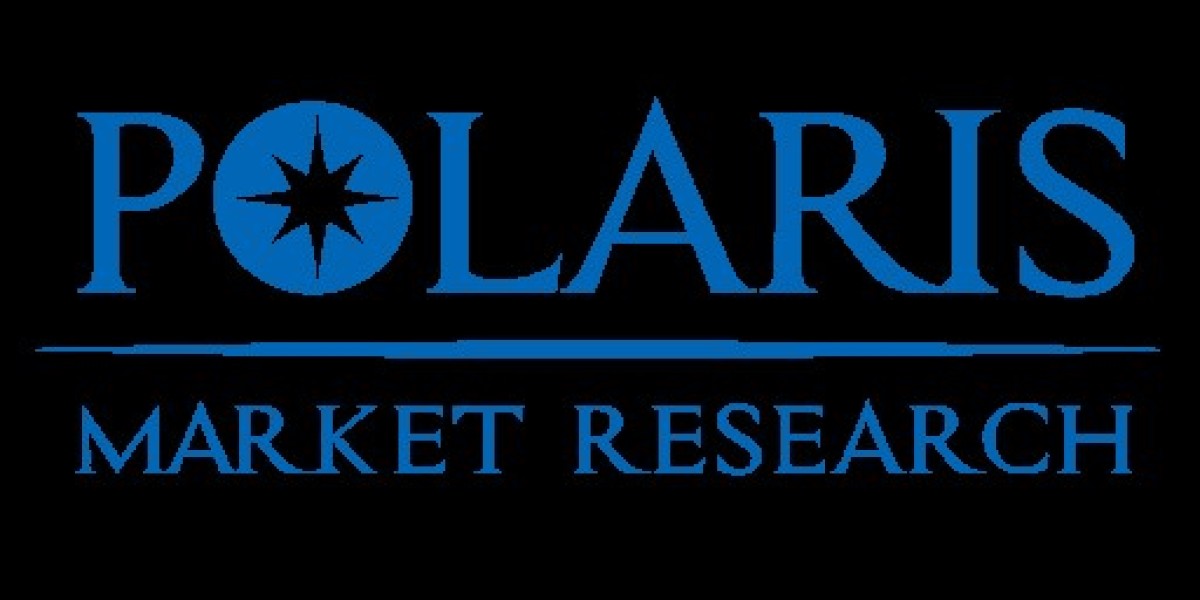The global flexible endoscopes market, valued at USD 12.31 billion in 2024, is projected to grow at a compound annual growth rate of 6.1% from 2025 to 2034, driven by rising prevalence of gastrointestinal and respiratory diseases, increasing demand for minimally invasive diagnostics, and advancements in imaging and digital connectivity. Flexible endoscopes—used in gastroenterology, pulmonology, urology, and ENT procedures—enable real-time visualization of internal organs, biopsy collection, and therapeutic interventions with reduced patient trauma and recovery time. Their adoption is deeply intertwined with healthcare infrastructure maturity, physician training, and reimbursement frameworks, leading to pronounced regional disparities in market dynamics.
North America remains the largest regional market, accounting for over 35% of global revenue, underpinned by a high concentration of specialty care centers, robust reimbursement for endoscopic procedures through Medicare and private insurers, and strong investment in diagnostic innovation. The United States, in particular, leads in the adoption of high-definition (HD) and narrow-band imaging (NBI) endoscopes, with gastroenterology practices increasingly upgrading to 4K systems and AI-assisted platforms for polyp detection. Regulatory oversight by the FDA ensures rigorous performance and safety standards, but also extends time-to-market for new devices, creating a barrier for smaller entrants.
Europe presents a more fragmented yet technologically advanced landscape, with Germany, France, and the UK serving as primary hubs for clinical innovation and device procurement. The region’s universal healthcare systems emphasize cost containment, which has spurred demand for reprocessed and refurbished endoscopes, particularly in public hospitals facing budget constraints. However, the EU Medical Device Regulation (MDR), implemented in 2021, has significantly tightened clinical evidence requirements and post-market surveillance, increasing compliance costs and accelerating market consolidation. This regulatory shift has favored established players with extensive clinical data portfolios and robust quality management systems, while constraining smaller manufacturers lacking the resources for MDR recertification.
Despite these challenges, Europe remains a leader in endoscopic therapeutic innovation, particularly in endoscopic submucosal dissection (ESD) and endoscopic retrograde cholangiopancreatography (ERCP), which are driving demand for advanced duodenoscopes and therapeutic gastroscopes. Cross-border supply chains for endoscope components—such as distal tip optics, insertion tubes, and light guides—are heavily concentrated in Germany and the Benelux region, benefiting from precision engineering expertise and stringent quality control. However, recent geopolitical disruptions, including semiconductor shortages and logistics bottlenecks, have exposed vulnerabilities in just-in-time manufacturing models, prompting some OEMs to diversify sourcing and increase regional inventory buffers.
Market drivers in North America are primarily technological and demographic. The aging population—over 20% of the U.S. population will be 65 or older by 2030—fuels demand for colorectal cancer screening, directly boosting colonoscope utilization. The integration of artificial intelligence for real-time polyp detection, exemplified by FDA-cleared systems like GI Genius (Medtronic) and CADe platforms from Fujifilm, is improving diagnostic accuracy and procedural efficiency, further incentivizing upgrades. In Europe, the driver is regulatory harmonization and clinical efficacy, with NICE guidelines in the UK and HAS recommendations in France shaping adoption patterns.
Read More @ https://www.polarismarketresearch.com/industry-analysis/flexible-endoscopes-market
The push for outpatient endoscopy and ambulatory surgery centers is also increasing demand for durable, easily reprocessed scopes. In Asia Pacific, the primary driver is healthcare access expansion, as governments and private providers invest in diagnostic capacity to reduce disease burden and improve survival rates. Opportunities are emerging in single-use flexible endoscopes, which eliminate reprocessing risks and infection transmission—particularly critical in light of recent outbreaks linked to contaminated duodenoscopes. Companies like Ambu and Sterlitech are gaining market share with disposable bronchoscopes and gastroscopes, especially in low-resource settings and emergency departments. Trends indicate a shift toward modular endoscopy systems, where reusable handles connect to disposable insertion tubes, balancing cost and sterility.
The competitive landscape is dominated by a handful of vertically integrated medical technology leaders with deep clinical relationships and global service networks.
- Olympus Corporation
- Fujifilm Holdings Corporation
- Pentax Medical (HOYA Corporation)
- Karl Storz SE & Co. KG
- Medtronic plc
- Boston Scientific Corporation
- Smith & Nephew plc
- Richard Wolf GmbH
- Stryker Corporation
- CONMED Corporation
These firms are increasingly investing in digital ecosystems, integrating endoscopes with AI analytics, cloud-based image storage, and tele-endoscopy platforms to enhance workflow efficiency. Olympus, despite recent financial setbacks due to endoscope-related litigation, continues to lead in market share through its comprehensive product portfolio and service infrastructure. Meanwhile, Medtronic and Boston Scientific are leveraging their interventional expertise to expand into therapeutic endoscopy, particularly in bariatric and pancreatic interventions.
More Trending Latest Reports By Polaris Market Research:
Singapore, Malaysia, and China Corporate Secretarial Services Market
Consumer Network Attached Storage (Nas) Market
Europe Equine Healthcare Market
Post-consumer Recycled Plastics in Consumer Electronics Market







